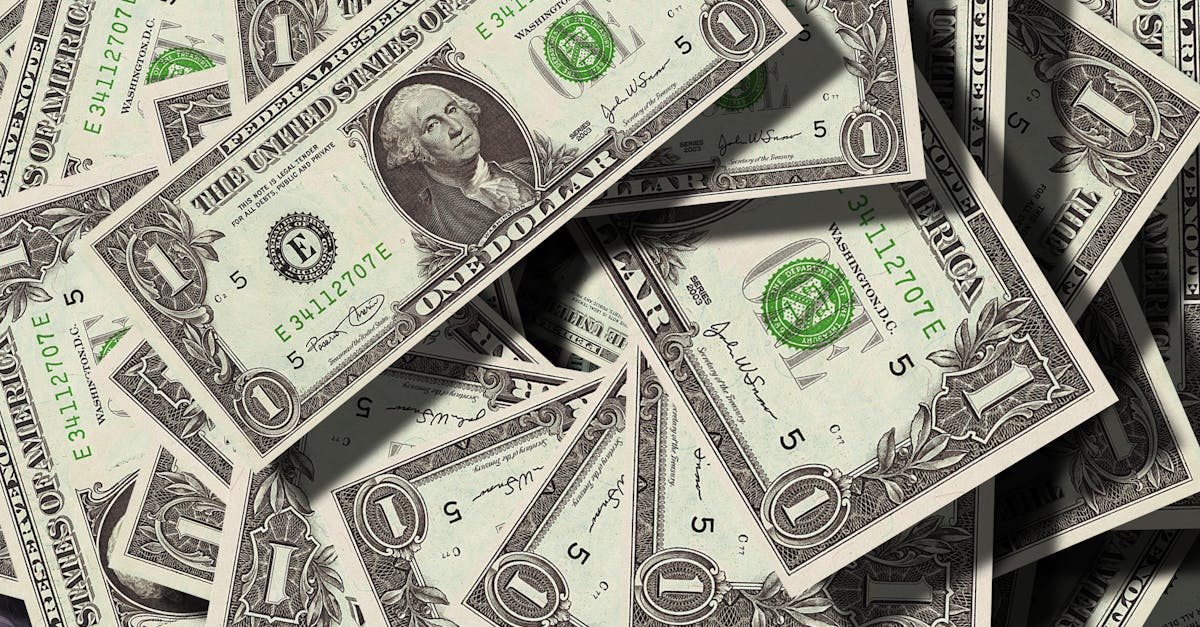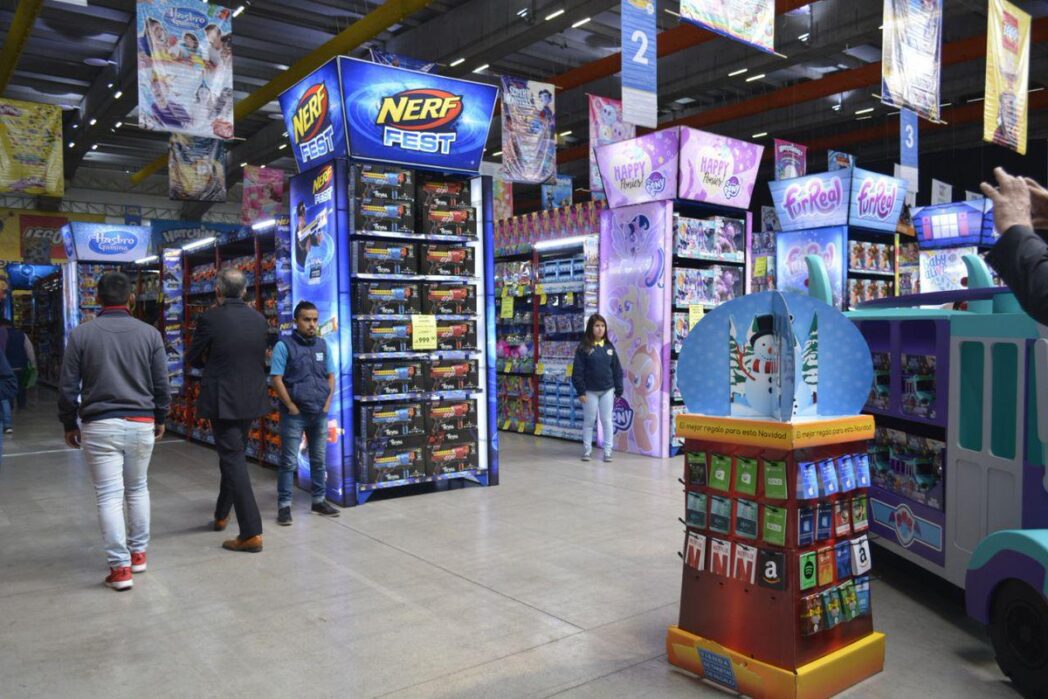Understanding Economic Cycles
Economic cycles, alternatively referred to as business cycles, symbolize the variations in economic activity across a span of time. These cycles are essential in defining the economic framework of nations and affect several economic measures including job rates, GDP, and inflation. Comprehending these cycles is crucial for policymakers, businesses, and investors to make well-informed choices.
The Phases of Economic Cycles
Economic cycles generally consist of four main phases: expansion, peak, contraction, and trough. Each phase has distinct characteristics and impacts the economy in various ways.
Expansion: During this phase, the economy experiences growth. There is an increase in consumer spending and investment, which leads to higher production levels. Employment rates rise as businesses expand to meet growing demand. Inflation may start to climb as a result of increased spending, but it is typically controlled.
Summit: The summit phase signifies the climax of economic growth. During this period, economic production reaches its highest capacity, and joblessness hits its minimum. Inflation may intensify as demand outstrips supply, causing prices to rise. This juncture indicates a shift, as perpetual economic expansion is unsustainable.
Contraction: Also referred to as a recession, this phase is characterized by a decrease in economic activity. Consumer confidence wanes, leading to reduced spending and investment. Businesses may cut back on production and lay off workers, resulting in higher unemployment rates. Inflation often slows down or turns into deflation as demand diminishes.
Valley: The valley marks the bottom of the business cycle. It signifies the conclusion of a downturn and the onset of a new growth period. Economic conditions begin to get better as trust from consumers slowly returns. Investments start rising, paving the way for recovery and development.
Factors Influencing Economic Cycles
Several factors can influence the trajectory and duration of economic cycles. Understanding these can provide insight into their potential impact on the economy.
Monetary Policy: Central banks play a significant role in shaping economic cycles through the manipulation of interest rates and money supply. By adjusting interest rates, central banks can either stimulate growth during contractions or rein in an overheated economy during expansion phases.
Fiscal Policy: Government spending and taxation policies also have the power to influence economic cycles. Increased government spending can boost economic activity during a downturn, while higher taxes can slow down an economy nearing its peak.
Global Events: Global occurrences, such as geopolitical tensions, pandemics, or technological advancements, can disrupt or accelerate economic cycles. For example, the COVID-19 pandemic led to unprecedented economic contractions around the world, followed by varied recovery phases across different regions.
Business Confidence: The sentiment of businesses and consumers plays a critical role. High confidence levels encourage spending and investment, fueling expansion, while low confidence can lead to contractions as spending slows.
Real-World Examples
To illustrate how economic cycles play out in the real world, we can examine some historical examples.
During the late 1990s, the United States experienced a period of expansion fueled by the tech boom. The economy reached its peak in the early 2000s, but the burst of the dot-com bubble led to a contraction. Recovery followed in the mid-2000s, only to be disrupted again by the 2008 financial crisis.
More recently, the COVID-19 pandemic triggered a rapid, sharp contraction in 2020 as global economies shut down. Governments and central banks responded with aggressive monetary and fiscal measures, leading to varied recovery speeds in subsequent years.
Contemplation
Economic cycles are an intrinsic part of the economic framework, influencing decisions at every level, from individual consumers to global policymakers. Recognizing the phases and factors that drive these cycles can equip stakeholders with the foresight needed to navigate the shifting economic tides and make strategic choices accordingly. As future economic environments unfold, the lessons learned from past cycles can provide valuable insights for fostering sustainable economic growth and stability.



